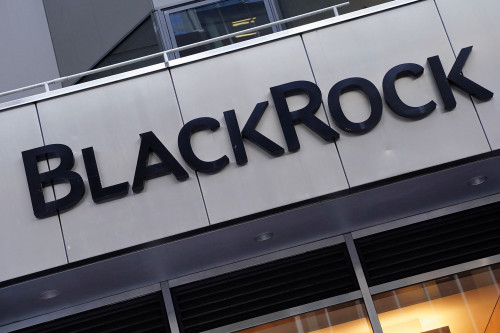
(Justin Vaughn, Editor, Options Trading Report)
Hope Springs Eternal… A solid Jobs report, with steady unemployment, the President’s softening attitude with the Chinese on tariffs and traders and investors reallocating serious funds back in the market have fueled the the upward trending of the averages the last days of April and into May. As many investors pivoted investments reacting to President Trump’s institution of sweeping tariffs, much shifting of capital to safer havens of bonds and into gold are now flowing back into the general marketplace. All three indexes have benefited. The Russell 2000, the smaller-cap index, eclipsed the 3 major indexes on Friday, up 2.3%, as the Dow Jones and S&P 500 were up 1.4% and 1.5% respectively. The 10-year Treasury yield closed Friday at 4.32%, up from Thursday’s 4.2%. “Financial markets are responding to any hope that the trade conflict will be rolled back,” said Joe Brusuelas, RSM chief economist. He added: “Those gains could easily evaporate should Trump again reverse course.” Several ‘big-boys,’ including some companies of the Magnificent 7 announced disappointing 1st quarter earnings, surprisingly unaffecting markets.
President Trump comments Monday ‘deadened the market’ as he wants to impose 100% tariffs on all movies produced outside the U.S. He squashed talk of any trade discussions with China this week, and any incentives to bring them to the table. This week Jerome Powell will speak Tuesday on the economy and on possible rate adjustments. Monday’s market opened wobbly with all 4 indexes unable to sustain any kind of traction. The indexes, on a 9 day upward surge all fell even as new economic numbers were up and positive and new trade deals were announced by Secretary Scott Bessent. Advancing stocks over the 9 day surge and slow steady moves since President Trump announced the tariff institutions have gained back much of the losses incurred, a remarkable turnaround. Gold finished higher closing over $3.300.00 a troy ounce on Monday.
Tuesday’s markets were encouraged by President Trump’s remarks of; “U.S. officials would meet with Chinese officials to discuss tariffs.” Indexes still opened lethargic as worries threatened stock valuations of companies affected by tariffs. Stocks see-sawed all day with the Dow Jones Industrial Average dropping near 400 points. Both the S&P 500 and Nasdaq slipped 0.8% and 0.9% respectively. Gold was a bright spot as the shiny metal surged to a record high of $3,411.40 a troy ounce, up a significant 30% this year. Oil floundered in the $60.00 a barrel range.
Mr. Powell and the Fed announced no rate adjustments, holding rates steady at 4.25 – 4.5 range adding; “My gut tells me that uncertainty about the path of the economy is extremely elevated and that downside risks have increased,” he said. As President Trump wants ‘easier money,’ Mr. Powell sees a different picture about a possible weakening economy. The 1st quarter GDP report indicated the “economy contracted for the first time in three years.”
Crude oil prices have weakened over several months, hitting a low of $57.13, then up 4.5% to $59.77 on Thursday. OPEC+ announced a production increase of 411,000 barrels a day next month. For the year oil is down nearly 20%. According to Warren Patterson, head of commodities strategy at ING: “The oil market has been dealing with significant demand uncertainty amid tariff risks. The change in OPEC+ policy adds to uncertainty on the supply side.” Goldman Sachs has predicted a barrel price of 56-643 range this year, with a 52-56 range next year. Heavy inventories resulting from over production are concerns that price will remain weak. With crude at less than $65.00 a barrel, U.S. drillers are reluctant to drill according to the Federal Reserve Bank of Dallas Energy Survey.
RUMBLINGS ON THE STREET
Larry Adam, chief investment officer at Raymond James, WSJ – “I think we’re past peak uncertainty with tariffs and now we’re at peak uncertainty with the economy.”
Alan Wolff, a senior fellow at the Peterson Institute for International Economics, and former deputy director general of the World Trade Organization. WSJ – “The U.S. is acting as an accelerant to the lowering of tariffs by everyone else.”
Tom Porcelli, chief U.S. Economist at PGIM, Fixed Income, WSJ – “With the amount of uncertainty still out there, the equity market rallying back here feels like they’re whistling past the graveyard.”




